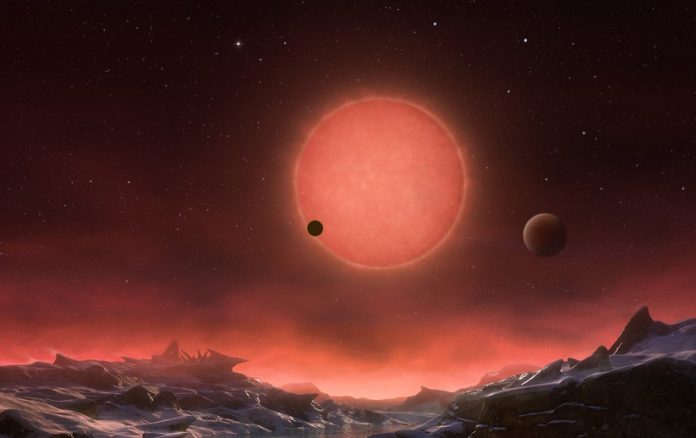
Here is an idea that likely never crossed the mind of most space enthusiasts – a gas emitted from broccoli (and other plants) is one of the most indicative signs of the existence of life on a planet.
At least according to a new study from researchers at the University of California Riverside.
That gas, methyl bromide, has long been associated with life on Earth.
It occurs naturally from the process of plants defending themselves.
Methylation, as the defense process is known, allows plants to expel foreign contaminants, such as bromide, by attaching a series of carbon and hydrogen atoms to it, thereby gasifying it and allowing it to escape into the air.
Methyl bromide, in particular, is interesting from an astrobiological perspective. It was used as a pesticide until the early 2000s and has several important advantages over other potential biosignatures if it shows up in an exoplanet’s atmosphere.
First, it has a relatively short lifespan in a planet’s atmosphere.
This is particularly important for exoplanet searches, as it means whatever process produces the gas is most likely still active. Its presence isn’t simply a result of a geological event that happened eons ago.
A second advantage is one that all astrobiologists love to see – there are very few non-biological processes that produce the gas, and even those processes aren’t typically natural.
Despite now being considered a hazardous chemical, methyl bromide was produced in large quantities for use as a pesticide before being regulated due to its deleterious health effects.
A third advantage is the spectroscopic wavelength it shares with a “cousin” gas that is also a biosignature – methyl chloride, which also results from the methylation process.
Their combined signature would make them much easier to detect from far away, and both are indicative of the existence of a biological process, though being able to distinguish between methyl chloride and methyl bromide, as methyl chloride has already been seen around some stars, which was likely caused by an inorganic process.
Not quite an advantage, but an interesting quirk about the ability to detect methyl bromide, is that it would be relatively difficult to detect in Earth’s atmosphere from far away.
Its concentration levels are high enough, but the UV light from the Sun causes water molecules in the atmosphere to split into compounds that eliminate methyl bromide, so it does not exist for very long in Earth’s atmosphere.
UV light is only a problem for Sun-like stars, though. Around stars like M-dwarfs, which are ten times more common in the galaxy than sun-like stars, there would be less UV radiation that would potentially break up the methyl-bromide molecule.
Since those M-dwarfs will be some of the first places astrobiologists look, they might be a chance to see a build-up of methyl bromide in their atmospheres.
Any such discovery might have to wait a little while, though. Even the JWST isn’t set up to detect trace elements in an exoplanet’s atmosphere.
However, in the next few years, some ground-based telescopes will be up to the task. Hopeful astrobiologists will have to wait until after those come online before they can truly look for this highly interesting biosignature.
Written by Andy Tomaswick.
Source: Universe Today.



